
|   |

|   |
|
November 2020 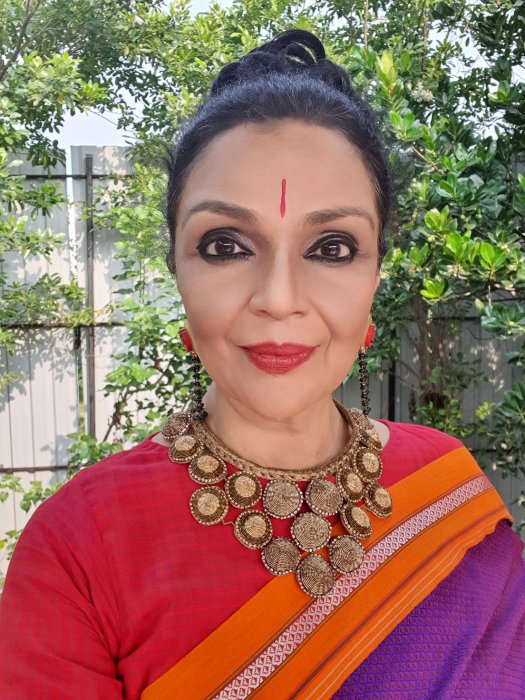 Success is not final Failure is not fatal It is the COURAGE TO CONTINUE That counts - Winston Churchill What are we watching? What are we reading? What are we learning? What are we having fun with? What are we struggling with? What are we unlearning? What are we thinking about? What is making us smile-laugh-weep-gasp? With the IPL on right now, I wonder who is actually watching anything but cricket! And yes... there are so many dancers who are cricket crazy! #NAVARATRI ONLINE 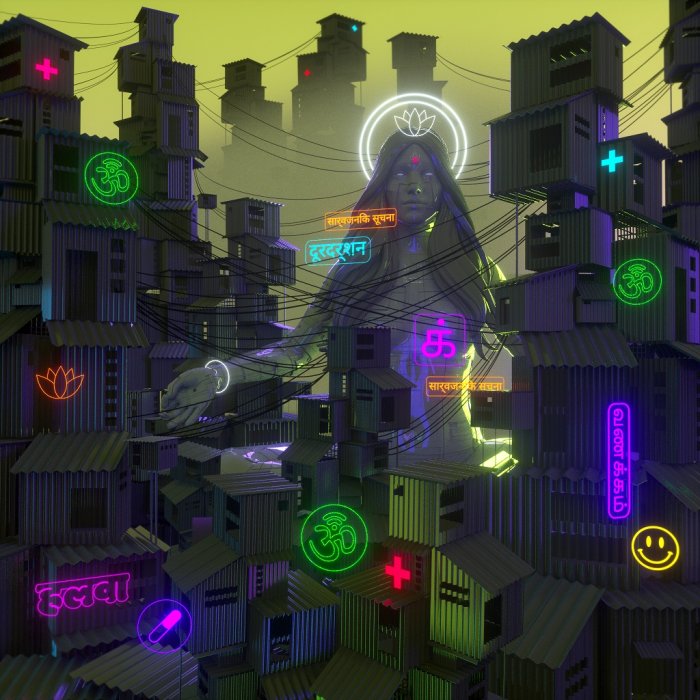 'NEO DHARAVI #pollutionpunk' by Samyukta Madhu @sam_madhu I wonder about all these things as the days melt into one another and October slips by. NAVARATRI, GARBA, GOLU, DURGA PUJO - they were all digital with none of the usual pizzazz, clamour and glamour of the original celebrations. I attended a couple of online GOLU- doll installations - created lovingly by my cousins who live overseas. I did manage to watch a few sessions of dance scholar Parul Shah's online Garba presentations with charming old footage from 30 years ago. On the whole, the business of the doll makers on pavements near the temple tanks and Diwali sari sales are dismal this year, making national television channels like NDTV create a day long event called MADE BY HAND-DIL SE - to aid crafts people. Digital art exploded during Navaratri, with some fantastic graphics of DURGA and DEVI imagery. It was an amazing exhibition of creativity and imagination. If not for the pandemic, I may have missed the extraordinary images of unusual DEVIS that became the daily INSTAGRAM feature of dance writer Veejay Sai. And the multiple MATRIKAS that were the feature of dancer Patruni Sastry, whose daily “dress up” photos of the gory, fearsome, frightening, marginalised and misunderstood Goddesses were also fascinating to watch. Mostly, the interesting sessions were outside dance. Fantastic information about architecture, fashion, food, migration, technology and politics stimulated my restless mind much more than dance. I noticed the plethora of make-up and wellness gurus who have such enormous fan followings. Presenters who were awkward 4 months ago have begun to show more confidence in their speeches and online interactions. I am no longer irritated with unkempt hair and stuttering interviewers. Everyone seems to be having such a good time, even if there are only single digit viewers. In the imagined world of Indian dance, everyone is well and safe. Even if that is really a bubble. Almost all eyes were on the US elections, its results and the aftermath of WHAT NOW? Many dancers were volunteering with phone banks, calling up voters and urging them to vote. It was a pleasant revelation as to how many of the Millenials living in the USA were engaged and invested in the political process. When the Black Lives Matter protests erupted four months ago, several BAY AREA musicians and dancers also participated and marched in the protests with complete conviction. Heartwarming stories of how citizens helped each other with early voting procedures and constant acts of kindness are a clear push back against the desperation of the extremists and deplorables. So while there was a rush to buying guns and toilet paper across the country, fearful of the post election violence that was being threatened, the world watched (with popcorn, samosas, chai and vodka) the unravelling of a land that was once an emblem of freedom and courage. #NOBEL FOR MYTHOLOGY 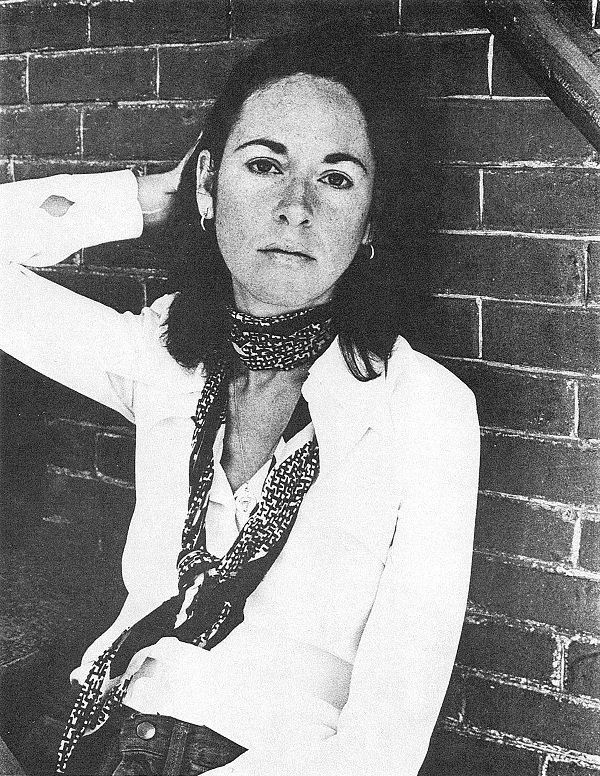 Louise Gluck As religion, story, legend and myth get relegated to “unimportant” or “retro” spaces, poet Louise Gluck was nominated for the NOBEL prize in Literature. This American poet's works draw inspiration from myths and classical motifs which permeate much of our own dance traditions. Gluck seeks the universal in Greek motifs like Dido, Persephone, Eurydice - characters who were abandoned, punished and betrayed. So when Berlin based Rajyashree Ramesh sent us her video for DEVI DIARIES about Goddess DIANA from Goethe's FAUST, it was a story of large emotions that easily crossed over to South Asian cultural memory. #NETFLIX AND CONTEMPORARY DANCE  With bated breath, the western dance world was waiting for the opening season of NETFLIX documentary MOVE. With Akram Khan among the 5 artistes featured, the trailer and the five part series had its expected share of beautifully trained bodies flailing, falling and whirling all over the stage. While this partnership with the popular international streaming giant is a huge boost for contemporary dance, I wonder why there is only one woman featured. Kimiko Versatile of Jamaica shows how dancehall has helped her redefine resistance and embrace a sense of freedom. Jookin and Popping were the modes for America's Jon Boogz and Lil Buck who are taking street dance to another level of fine art. Of course, Akram Khan fans will have enough to swoon over including his quote worthy sound bites. MOVE will make for compelling viewing with artistes from Spain, UK, Jamaica, Israel and the USA. I do hope that classical dancers will watch to just broaden their visual vocabulary and to understand the wide and wonderful word of DANCE. # TALKING DANCE ON FILM I listened to the recent panel discussion after the screening of Alarmel Valli's film LASYA KAVYA. Watching Valli in the film (again!) made me realise that her body was responding so naturally to the music and her muscularity had the abandon of a traditional dancer. Her words and phrases are pretty much the very same sentences that have been heard for several years now. However beautifully Valli expresses herself, the claim that her dance is “contemporary” just because she is a modern woman needs to be questioned. The subsequent discussion with scholars Saskia Kersenboom and Avanthi Meduri threw up some interesting moments. Avanthi spoke about Valli's traditional guru Subbaraya Pillai actually “moulding” his Pandanallur style onto her lithe, young urban body. Valli's addition of her flourishes and mannerisms, which later became a style, was an element that “met and departed” from the guru's teaching. Valli's cousin Meenakshi Chitharanjan, also a student of the same hereditary guru, demonstrates a very different approach. What Dr. Meduri wanted to stress (and she ate up far too much time trying to make her point) was that the 1960s was the moment of re-fashioning Sadir/Bharatanatyam into its post independent-modern avatar. And that urban, upper class bodies were the ideal vehicle for the traditional gurus who migrated from their villages to Madras - where employment and opportunity beckoned. Dr. Saskia Kersenboom had a very different and definite statement to make. Praising Valli's dance and its joyous physicality as emblematic of the Devadasi's “bhoga”, she stressed that one did not perform a dance item on Lord MURUGA. Instead, one danced “sringara” to Lord Muruga. To invoke a presence so that the dancer can react is the reason to give physical shape to a God/Man in the lyrics. Dr. Kersenboom also revisited her oft quoted triad of WORD SOUND IMAGE and reiterated that in today's world of virtual learning, neither reading nor writing can invoke them like Dance can. #THEATRE PAYS - DANCE DOES NOT Immediately after this session which was conducted by the SPIC MACAY centre in UK/Europe, I attended a brilliant session on Bombay Theatre. PLAYING TO BOMBAY was an intense, fact filled, tightly produced, information and anecdotal journey through the history of theatre in the megapolis - Bombay/Mumbai. The event, produced and hosted by director and theatre historian, Sunil Shanbag, was ticketed at 300 rupees and very well attended. It left me wondering why so many dance events and talks are free and filled with mostly rambling repetitive statements. Why is it that music and theatre are able to deliver more compelling and interesting sessions and are able to monetise them simultaneously! #BACK ON STAGE-VIRTUALLY 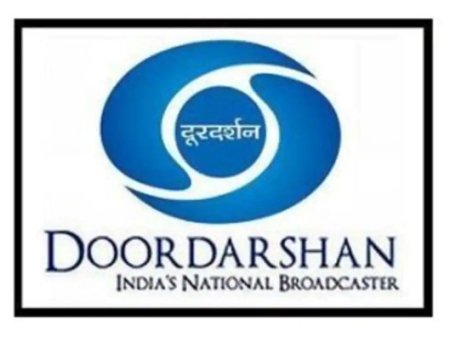 Delhi Doordarshan invited some classical dancers to perform for the JAI DURGA Navaratri series last month. The palpable excitement from the senior artistes while donning make up, costumes and performing on a professional studio stage with lights and multiple cameras was shared on their social media platforms. Doordarshan, however, needs to upgrade their backdrop and camera angles. The dancers certainly did not look their best! As I have said again and again, this digital medium is not meant for mature bodies. The young, bouncy, agile and athletic are most suited to this current pandemic virtual dance scenario. With the exceptions of Alarmel Valli, Rama Vaidyanathan and Madhu Nataraj, whose lithe frames still look very good even with the flattened phone and IPad cameras. #FOREVER IN OUR HEARTS 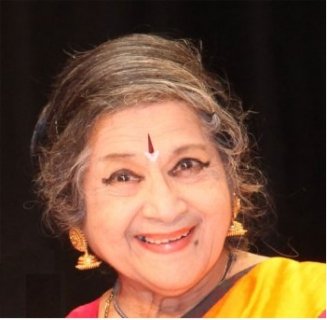 Kamala  Yamini Krishnamurthy I was appalled when I saw Yamini on screen during a tribute to the late Kapila Vatsyayan. So what if she was a close friend of the departed culture czarina? The organiser should have known better than to feature her in what I can only call a cringe worthy, very forgettable section. Such pioneers who have done so much for Dance must remain protected and not revealed in the full glare of their vulnerabilities and weaknesses. It was a telling moment for me and many other Yamini fans. We could not get over our collective anger and shock. #TAALAM TALKIES The inauguration of our YOU TUBE channel occurred with the premiere of a long awaited and planned series on my favourite Bharatanatyam dancer KAMALA. Ramaa Bharadvaj pulled off three episodes brimming with anecdotes and back stories that held audiences riveted over three days. To bring the historic value of classical dance from vintage South Indian films to today's audiences was a long held wish of mine. This current pandemic seemed the ideal time to launch it when fresh programming is not easy to come by. To see the great names of classical dance and music collaborate with the film medium must have been a revelation to so many millennials. And Kamala herself was a whirlwind of energy, brilliance and fabulous dancing. The fantastic response to FRAGRANT PETALS - Kamala's Natyam has spurred my team and I to continue with more episodes that will further probe and highlight classical dance in cinema. Coming up are editions on Javalis in Telugu cinema and so much more! Watch this space. #CLAIMS AND COUNTERCLAIMS The experience of producing the 3 part KAMALA series threw up some very interesting challenges. Copyright was at the forefront. Who owns these film clips 60 years after their film's release? The manner in which FACEBOOK and YOU TUBE respond to these vintage film clips varies. FACEBOOK has a BOT that automatically mutes the music sections (we had two similar experiences for BOXED and fought the claim which was subsequently released). We were also challenged with an earlier film BEYOND LEGACY where Lakshmi Knight was seen performing the well known PAYYADA Javali to the recorded voice of Ranjini Menon, a student of the Balamma musical tradition. Again, we had to dispute the claim which was quickly released. Aniruddha Knight, the legal heir of the Balasaraswati musical and dance legacy, along with his cousin Tiruvarur Girish, were suitably appalled. These are going to become a flashpoint for anyone wishing to use vintage and older compositions. Suddenly, one may receive a copyright claim out of nowhere. Response needs to be calm and informed. #KRIYA SHAKTI 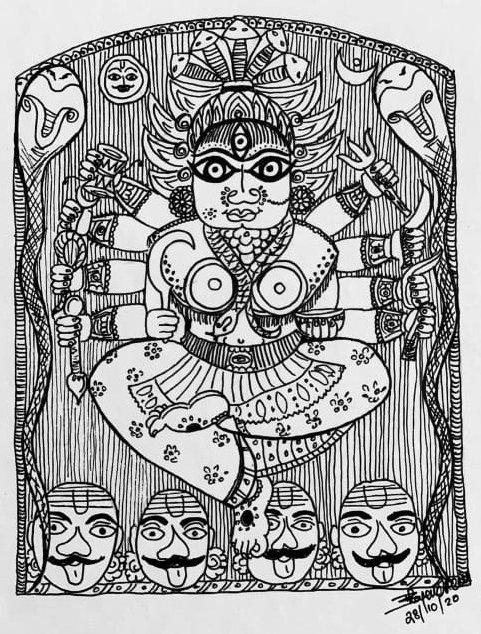 Sketch by Bindu Rajendran There are some of us who are driven to produce, promote and create. I am enjoying this time of ideating and producing. I call it the KRIYA SHAKTI of the Feminine Energy. Putting the other two qualities aside of ICCHA SHAKTI (desire) and GNYANA SHAKTI (knowledge), it is in the DOING that I am most energised. And NO, I am not performing. As I have said, this digital medium is for the young. If I have to perform, then it has to be ideated completely for the digital medium like my earlier short film, MOTHERLAND. DEVI DIARIES was a runaway hit throughout October, with my many non dance friends in far away lands commenting on how lovely it was to wake up to such a variety of ways in which the Sacred Feminine was invoked. Towards the end of the month, we were inundated with requests to be featured in the series. The fitting finale was 6 dancers from my latest production NAACHIYAR NEXT who collaborated across 3 cities and two continents to create their own version of Woman-Goddess-Warrior. Coming up. NARTHAKI is the chosen digital partner for the simulcast world premiere of KUTTI KAHANI, programming by and for the young. Sure to bring a smile to your faces and a rise to your eyebrows! Watch this space! More FILM PREMIERES by dancers and dance companies who are experimenting with new technologies and collaborations. 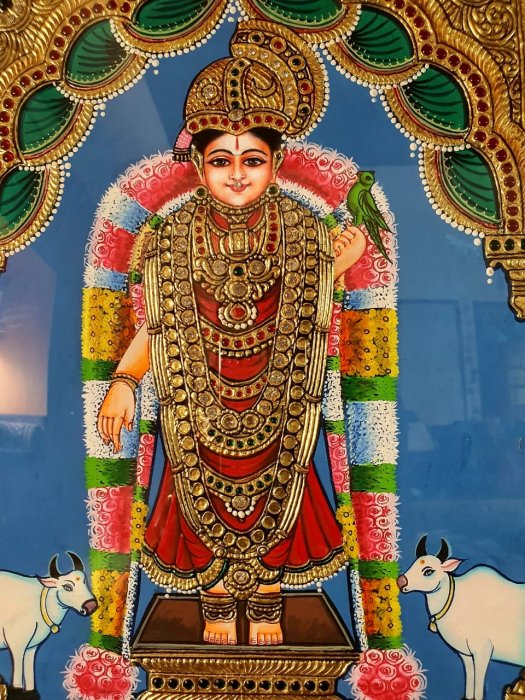 Andal ANDAL's GARDEN - a 30 day feast of daily dance featuring ANDAL's Tiruppavai songs filmed afresh during the month of Margazhi. Featuring artistes from India, USA, Malaysia and Australia. In a contemporary re-imagining of the NANDAVANAM grove where Andal sang and dreamed of her Krishna, we will bring you original videos capturing her timeless poetry. And may I add, in a variety of classical dance styles. Why should ANDAL be relegated to Bharatanatyam? Why should she be frozen into a statue with her garland, parrot and side “kondai”? Her brief and luminous life is much more than a picture post card. #A COVID MARGAZHI STIRS MEMORIES It is perhaps a good thing that the annual dance conferences have been cancelled. What will we talk about? There has been so much talk, talk, talk, talk for these 8 months that we are all TALKED OUT. But we never know. Someone will think up something to talk about. Except that the really important issues will be avoided and tip toed around. Y A W N. One of the positive fall outs from this current situation of limbo is that we are all scouring through our photo albums and recovering gems of the past hidden away, almost forgotten. I found a letter from SRUTI magazine's founder N Pattabhiraman dated June 7, 2001. In it he had invited senior Bharatanatyam artistes to convene at his office to discuss the “attacks” on Bharatanatyam. Perhaps spurred on by the caustic remarks by Chandralekha and several others over years against the increasing cosmetic nature of the dance form, many seniors like Vyjayantimala, Dhananjayans,, Kalanidhi Narayanan, Chitra Visweswaran and C V Chandrasekhar were present. I was also present, being a member of the SRUTI advisory board. Malavika Sarukkai and Alarmel Valli did not attend that meeting, both being overseas. It was a discussion charged with anger and sorrow. Vyjayantimala's somber statement was, “Bharatanatyam is an evolved and very sophisticated art form. It is more than mere dance. To dabble with it in a superfluous way, is to disturb auspicious energies.” This statement, if made today, would make her a right wing extremist and fundamentalist. Every one present had comments to make in defence of the Margam and the guru-sishya system. Kalanidhi mami also spoke, while glancing at me in a quasi accusatory manner! (I had since made my distinct departures from Bharatanatyam and renamed my style NEO BHARATAM) One of the charter ideas was to have the “Bharatanatyam community respond in a responsible, intelligent and UNITED manner”. To establish the core values of Bharatanatyam To highlight the new dimensions and initiatives occurring with the form I read through this faded yellow paper and realised that 19 years later, we are more divided than ever. This one single style that has such a global reach and presence has the most problems, disagreements, fractures, frictions and fuss. That was June 7. 3 months later, in September of 2001, Hema Rajagopalan convened her now seminal BHARATANATYAM conference at Columbia College in Chicago. That was the only time when Chandralekha, Sonal Mansingh and Malavika Sarukkai appeared. Chandra stirred the pot with her yoga/Kalari inspired SHARIRA - claiming it to be Bharatanatyam! Malavika brought the audience to their feet with the early iteration of GANGA. 2 days later 9/11 happened. Yes, we are all going down memory lane. We are recalling moments and images, captured forever on our mind screens. Time is stretching for many. Others are busier than ever, thinking up newer ways to deliver online classes to their young students. Teachers are learning anew, and parents are happy to have the 2 hours of their offspring's time filled with relevant activity. As guru/performer Meenakshi Chitharanjan notes, “Attendance is much better but we lose the nuance of being able to correct and pay attention to the details.” Thousands enrolled on Vijaya Dasami/ Dussera morning into dance and music classes all over the world. The river flows, tinged and energised by new blood. Oh well! And so it goes! #ADIEU BUT FAR TOO SOON The list of goodbyes continues to grow. Some expected but some taken from us far too soon. The passing of Kuchipudi star Sobha Naidu was a shocker. I was in touch with some of her students who were devastated when the final moment came. And for us Bharatanatyam dancers in South India, we immediately recalled Sobha's amazing physicality, her verve, swagger and inimitable Chinna Satyam flourishes that made for such a charismatic on stage persona. I can never forget her Krishna Gana Sabha appearance. Her “mouthing” the lyrics perfectly, her abhinaya, her lithe frame's every muscle swaying so beautifully - it seemed to be a fabulous possibility that Kalakshetra's Bharatanatyam formalism did not seem to offer. The passing of Melattur Natarajan and the sudden finality of respected dance critic Leela Venkataraman's husband also came as a cruel reminder that this pandemic is robbing all of us of a closure for mourning. Kept apart, unable to attend or mourn in small groups, these deaths seem surreal and somehow discombobulated. #DISAPPEARING CRAFTS 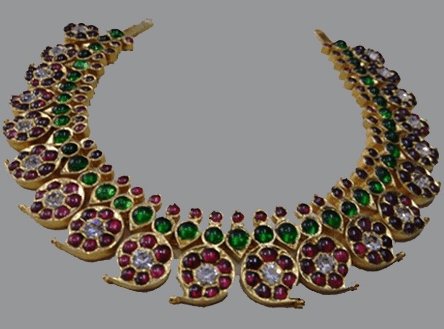 The plight of instrument makers for dance has been highlighted in the past months. But few thought about the intricate art of the VADASERY JEWELLER. Located in the area of Tamilnadu, about 40 families are inheritors of a particular skill set that makes the traditional ornamentation for a Bharatanatyam dancer. Using silver and gold foil, this is a specialised art form that has been almost wiped out during the pandemic. Rising gold and silver prices, vanishing orders from overseas and with temple celebrations cancelled, some senior craftsmen have taken to selling tea and becoming security guards for private homes. They are also dissuading their sons from continuing this trade. Another craft heritage that may face erasure! #VOICES ACROSS WATER 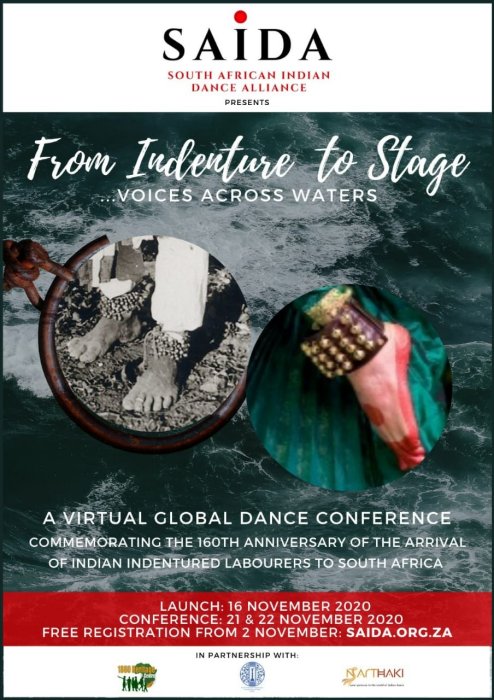 A date to note is November 16, 1860. On that day, 160 years ago, a ship called THE TRURO sailed from Madras harbour carrying 342 indentured labourers and docked in Port Natal/Durban, South Africa. Ten days later, THE BELVEDERE that sailed from Calcutta arrived with another 342 people. The maiden voyage is being remembered and featured in a global conference called FROM INDENTURE TO STAGE- Voices Across Water. Organised by SAIDA in Durban, NARTHAKI.COM is proud to be the digital partner of this event that unites the diasporic histories of Malaysia, Singapore, Fiji, Mauritius, Trinidad, Guyana, Reunion Islands and South Africa. How different was this migration compared to the later and more pleasant transfer of residences to the USA and Australia. What have been the impact of trauma and dispossession on the arts? Records reveal that the very first artistic expression of the South African Indians was through the Tamil ritual theatre form of THERUKOOTHU. The INDIA MUSEUM OF MIGRATION in Durban carries the stories of heartbreak, suicide, cruelty, torture, incarcerations, escape and a telling map of how the Indian community overcame with scars and deep psychological effects. But overcome they did. And dance and music played a huge part of that regrouping and reshaping of their new identities. I end with a quote via arts manager Paramita Saha's Facebook page. Spanish-Swiss dancer, choreographer and visual artiste Maria La Ribot, spoke at the 2020 Biennale de Venezia. While receiving the Golden Lion award for Lifetime Achievement, the extravagant grande dame of contemporary dance-art said these words. “Today it is very important to bet on an inclusive dance, created for each and every one of our bodies, sensitive, intelligent, different. Inclusion consists in giving the right to bond, to bind people and landscapes, planets and cultures, life without borders.” So hold on to those thoughts as we count down the days to the end of this month and soon, to this year. The virus has come close, very close. My own family and close relatives have been struck and they have survived. So many dancers and actors have succumbed. Several precious lives lost. Gone far too soon. Courage for those who have survived. Courage also for those who have fought at the front lines and continue to stand strong. Courage for the care givers of the sick. Courage... we have another 5 months of this state of being - at least! Until we meet again, - Dr. Anita R Ratnam Chennai and maybe somewhere nearby! Twitter: @aratnam Facebook: Anita R Ratnam Instagram: @anitaratnam Blog: THE A LIST / anita-ratnam.blogspot.in Post your comments |